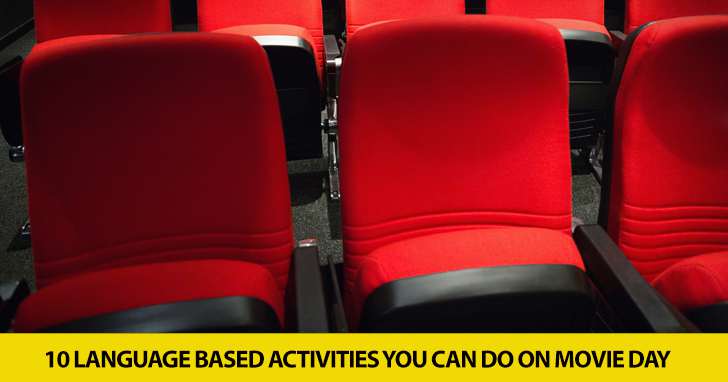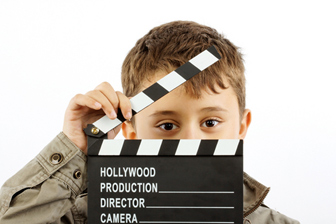For More Than Popcorn: 10 Language Based Activities You Can Do on Movie Day


No, that’s not instead of reading the book but along with reading it. Classroom novels that have also been made into movies offer a great resource for ESL teachers, and you can do a lot more with them than just watch the movie after finishing the book.
Here are some practical ways you can use the movie before, during and after teaching the novel.
Before They Read
There are several activities you can do with film clips to prepare students for a novel.
While They Are Reading
Use the film with your students while reading the book to aid in comprehension. There are many ways to do this.After They Read
There are several opportunities to use film as a review of a novel that students have completed.
In general, a movie version of a novel you read as a class can be a great resource at any point: before reading the text, while reading it and after your class has completed the selection. With a little planning and practice, you can make your class interesting and engaging, and entertain your students at the same time. So the next time you pick up a class novel, grab the DVD, pop some popcorn and roll ‘em. Your students are sure to thank you.